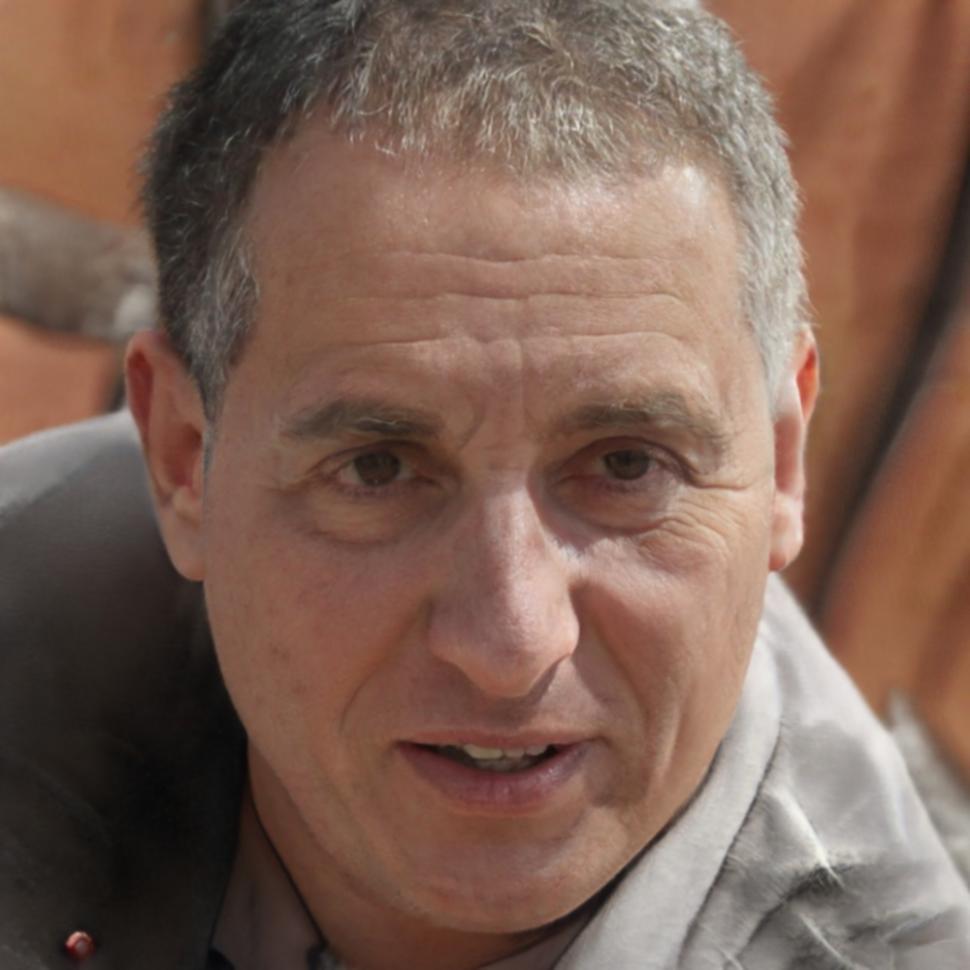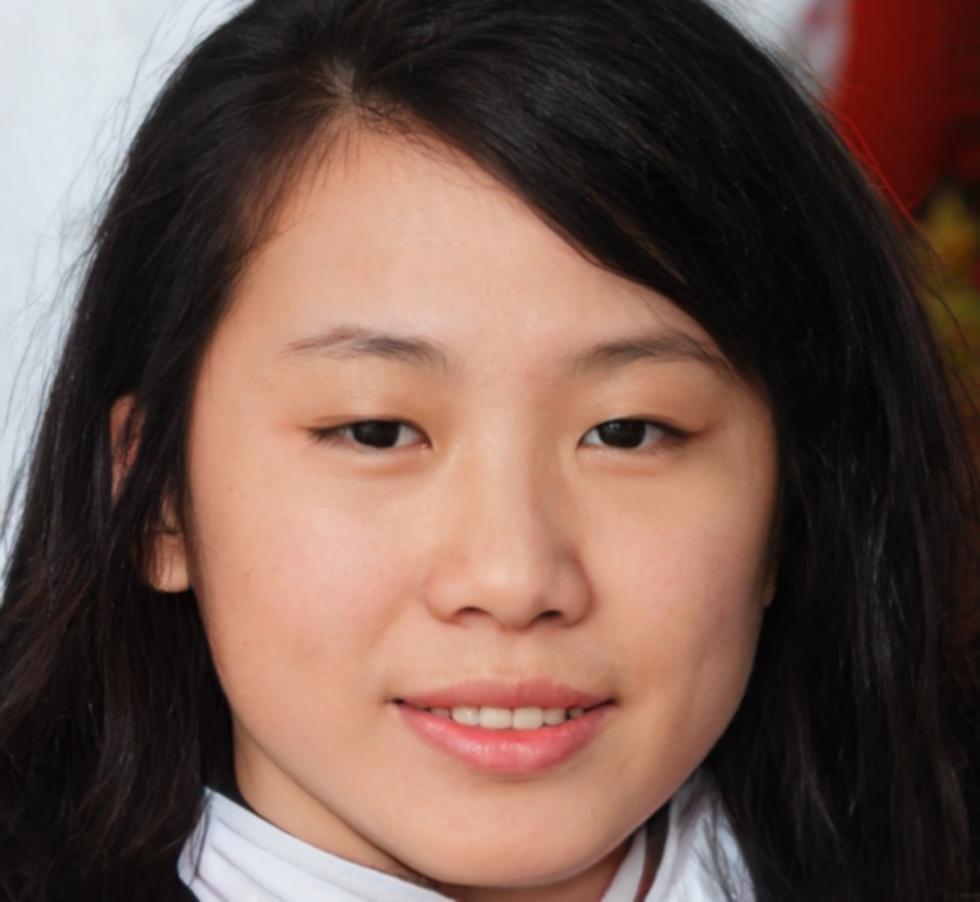What Actually Happens in Our Programs
Numbers tell part of the story. But what really matters is how students progress through learning lighting and texture work for 3D games. We track everything because patterns emerge over months of study that help us adjust pacing and support.
Every cohort since 2023 has shown us something different. Some groups move faster through shader fundamentals. Others need more time with PBR workflows. That's normal, and these metrics help us understand where students typically need extra guidance.
Progression Patterns We've Observed
After working with over 200 students, certain learning curves repeat. Understanding these helps you set realistic expectations for your own journey.

The First Six Weeks
Most students feel overwhelmed initially. Lighting theory, color spaces, node-based materials—it's a lot at once. Around week three, something clicks. Usually it's when basic PBR materials start looking right in different lighting conditions.
We see completion rates drop slightly during weeks 4-6 when technical complexity ramps up. About 13% of students pause here and resume later. That's completely fine and built into how we structure support.
Mid-Program Reality Check
Weeks 8-12 cover dynamic lighting and shader optimization. This is where portfolio work starts taking shape. Students spend more time on individual projects, less on guided exercises. Progress becomes less linear and more exploratory.
Peer review sessions become crucial here. Students learn more from critiquing each other's lighting setups than from lectures. We adjusted the program structure in 2024 to emphasize this collaborative learning phase.
Common challenge: Balancing visual quality with performance constraints. Students often create beautiful scenes that run at 15fps. Learning optimization without sacrificing artistry takes most people several weeks of iteration.
Finding Your Focus Area
Not everyone wants the same outcome. Some students aim for environment art roles. Others want to specialize in character texture work or technical art positions. The program adapts to different goals, but you need to decide your direction around week 8.
Here's what we've learned about different specialization paths and how students typically navigate these decisions based on their interests and previous experience.

Which Direction Makes Sense for You?
Start with Your Current Skills
Do you already work with 3D software? Students with modeling experience typically move faster through texture workflows. Complete beginners need 4-6 extra weeks on fundamentals. There's no shortcut, but knowing where you stand helps set timeline expectations.
About 40% of our students come from graphic design backgrounds. They understand composition but need technical training. Another 35% have some game development experience. The remaining 25% are starting from scratch.
Honest self-assessment saves time laterConsider the Role Type
Environment artists work on spaces and atmospheres. Character artists focus on figures and props. Technical artists bridge art and programming, handling shaders and tools. Each needs different skill emphasis, though core lighting principles stay the same.
Most students discover their preference during weeks 6-10 when working on varied assignments. We encourage trying everything before specializing. You might surprise yourself.
Try multiple areas before committingStudio Size Matters More Than You Think
Large studios often want specialists with deep expertise in one area. Smaller teams need generalists who can handle varied tasks. Indie developers value technical flexibility and efficient workflows. Your target workplace type should influence what you emphasize in portfolio work.
We track where alumni end up. About 55% join mid-size studios with specialized roles. 30% work at smaller companies wearing multiple hats. 15% freelance or do contract work. Each path requires slightly different portfolio strategies.
Portfolio focus depends on target employerStudent Experiences
What actual participants say about their learning journey

Rodrigo Valente
Environment ArtistThe technical lighting section nearly broke me. I spent two weeks just understanding how indirect light bounces work in real-time engines. But once it clicked, everything else made sense. Now I actually understand what I'm doing instead of just copying tutorials.

Ines Marquez
Technical ArtistI appreciated the honest feedback during portfolio reviews. Nobody sugarcoated anything. My first lighting setup got torn apart in week 9. Harsh at the time, but that critique pushed me to actually study physically-based principles instead of guessing. Made a real difference in final results.
